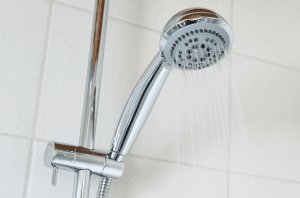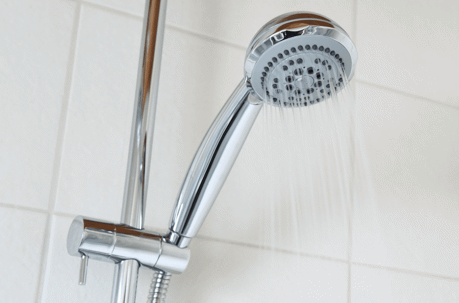Back pressure occurs when water or other fluids in your plumbing system flow in the wrong direction. This can happen for various reasons, and if left unchecked, it can lead to serious issues like contaminated water, burst pipes, and damage to your fixtures.
At R.S. Andrews, we’ve got you covered with essential tips to prevent this issue and keep your plumbing system running smoothly. In this post, we’ll break down back pressure, its consequences, and practical prevention methods.

Identify Back Pressure Sources
To prevent back pressure, you need to understand where it can originate. Some common sources include:
- Blocked Drains: Clogged drains can cause water to flow back into other parts of your plumbing system.
- Faulty Fixtures: Older or damaged fixtures may not function correctly, leading to back pressure issues.
- Pressure Variations: Sudden changes in water pressure can contribute to backflow.
Proper Installation
Ensuring correct pipe sizing and installing check valves and backflow preventers are essential steps in preventing back pressure. When pipes are not properly sized, it can lead to an imbalance in pressure, causing water to flow backward. Check valves and backflow preventers are designed to allow water to flow in only one direction, preventing any backflow.
Regular Maintenance
Inspecting and repairing faulty fixtures, flushing and cleaning drains, and addressing leaks promptly can make a significant difference. Regular maintenance helps keep your plumbing system in optimal condition and reduces the risk of back pressure-related issues.
Backflow Prevention Devices
Learn about the different backflow prevention devices available and choose the one that suits your plumbing system. These devices are specifically designed to stop water from flowing back into your pipes. Common types include air gap devices, check valves, and vacuum breakers. Consulting with a professional plumber can help you determine which device is best for your home.
Pressure Regulators
Installing and maintaining pressure regulators can help control the flow and pressure of water in your system. Pressure fluctuations in the municipal water supply can contribute to backflow. Pressure regulators ensure a consistent and safe pressure level in your plumbing system.
Air Gaps
Discover the importance of air gaps in preventing back pressure and where to install them in your plumbing system. An air gap is a physical space between the water outlet and the flood rim of a fixture. It provides a barrier that prevents contaminated water from flowing back into your plumbing system. Air gaps are commonly used in dishwashers and water softeners.
Hiring a Professional
Knowing when to call in a professional plumber is crucial. Learn how plumbers can identify and mitigate back pressure issues and the questions you should ask when hiring one:
- Professional Assessment: Plumbers have the expertise to assess your plumbing system thoroughly. They can identify potential backflow risks and recommend appropriate solutions.
- Backflow Testing: Professionals can conduct backflow testing to ensure that your prevention devices are working correctly and provide certification if required.
- Emergency Response: In case of a plumbing emergency involving back pressure, a professional plumber can provide immediate assistance to prevent further damage and contamination.
- Licensed Plumbers: Ensure that the plumber you hire is licensed and experienced in backflow prevention. Ask for references and check reviews to ensure their reliability.
The Importance of Preventing Back Pressure
Health and Safety: Back pressure can cause contaminated water to flow back into your clean water supply, posing health risks to you and your family.
Costly Repairs: Repairing the damage caused by back pressure can be expensive. Prevention is often more cost-effective than dealing with the aftermath.
System Efficiency: A plumbing system free from back pressure operates efficiently, ensuring proper water flow and pressure throughout your home.
Frequently Asked Questions
What causes back pressure in plumbing?
Back pressure in plumbing can occur due to blocked drains, sudden pressure changes, faulty fixtures, cross-connections, and high-demand situations.
What is the best way to prevent backflow?
The best way to prevent backflow is by installing and maintaining backflow prevention devices, such as check valves, backflow preventer assemblies, air gaps, and pressure vacuum breakers (PVBs).
How do you stop backflow in plumbing?
To stop backflow in plumbing, you should install appropriate backflow prevention devices, like check valves or backflow preventer assemblies, at critical points in your plumbing system. Regular maintenance and testing of these devices are also essential to ensure they function correctly.
How can you break or stop backsiphonage?
Backsiphonage can be prevented or stopped by installing an air gap device. Air gaps create a physical separation between the water source and the plumbing system, ensuring that contaminated water cannot flow backward into the clean water supply. Properly installed and maintained air gaps are effective in breaking the syphon effect.
Don’t wait until it’s too late. Take action now to ensure your plumbing system stays in excellent condition. If you ever need assistance with plumbing issues, R.S. Andrews is here to help. today for expert advice and professional plumbing services. Your peace of mind is our priority!

